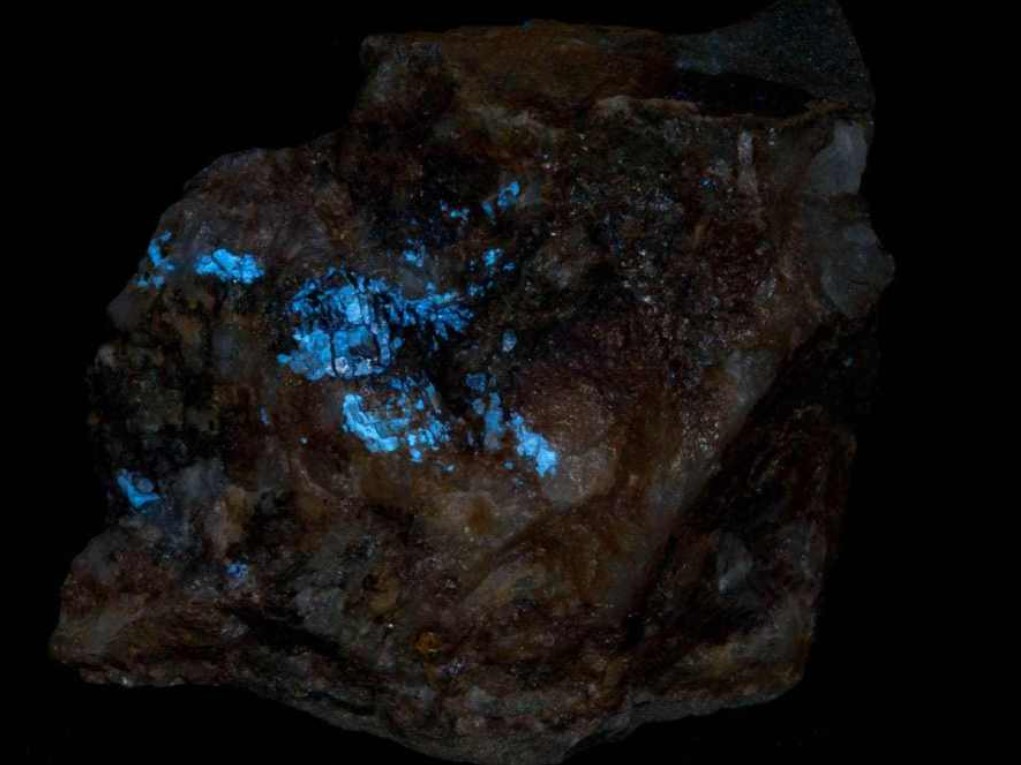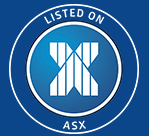About Tungsten
Australia’s Tungsten resources are the 2nd largest in the world, accounting for 12% of world economic demonstrated resources, but Australia’s current production levels are negligible. EQ Resources remains currently the only Tungsten producer in operation in Australia, producing from its Mt Carbine mine in Far North Queensland.
What is Tungsten?
Tungsten is a heavy, hard grey - white metal. One of the minor metals, it is now also known as a new economy or critical mineral – essential to a wide-range of manufacturing uses. It has a number of distinct features in that it has the highest melting point of all metals at 3422°C (5700°C, boiling), and is extremely corrosion resistant, acid resistant and is deemed environmentally benign. Tungsten is nearly as hard as diamond, has the highest tensile strength of all metals, has high electrical conductivity and is thermally and chemically stable. For this reason, tungsten alloys and some tungsten compounds cannot be substituted in its various applications.
What is it used for?
Because of its hardness and wear resistance, its most common uses are in hardening steel, and for making drill tips and cutting equipment. It is therefore used throughout the mining, metalworking, petroleum, construction, military and jewellery industries. It is a critical component of engine valves, ball-pint pen tips, tungsten filaments in light bulbs, turbine blades, LCD panels, TV tubes, laser printers, window heating wires, car horns, electrical switch gear, airplane flaps, and is even used in golf clubs. It is also used in the vibrating mechanism of mobile phones, used in the manufacture of specific steels for jet engines, medical and dental equipment and high-temperature resistant alloys. It is a high-tech metal essential for all developed economies.
What is the chemistry of Tungsten mineralisation?
There are two key naturally occurring ore minerals of tungsten: wolframite and scheelite. In mining, one or both these minerals are extracted from the ore and concentrated. Ore grades are normally quoted as percentage of wolfram trioxide WO3, or percentage tungsten metal. Wolframite is an iron-manganese tungsten oxide (Fe, Mn) WO4. Wolframite is a black to grey/brown primary ore of tungsten, with a submetallic to resinous lustre. Wolframite is named after the German word wolfram which means "tungsten." The iron rich variety, called Ferberite, contains 76.3% WO3; the manganese rich variety is called Hubnerite and contains 76.6% WO3.
Scheelite is a calcium tungstate, CaWO4, named after the discoverer of tungsten, K. W. Scheele. Scheelite crystals are translucent, ranging in colour from white, yellow, through orange or greenish grey to brown, with an adamantine to greasy lustre, and fluorescence bright blue-white under ultraviolet light. Sheelite contains 80.5% WO3.
What is the character of Tungsten deposits?
There are three main geological settings of Tungsten deposits:
- Sheeted vein deposits - The world's largest tungsten deposits are mostly of this type. Wolframite and less commonly scheelite occur in a number of sub parallel, narrow subvertical quartz veins separated by unmineralised rock above or within the upper zones of granite intrusions. The grade of tungsten within the quartz veins is typically around 1% WO3 in this type of deposit, but when the barren rock between the veins is included, the bulk grade of the system is typically about 0.2% WO3.
- Skarn deposits - where granites are intruded into limestones and tungsten-bearing fluids from the granites have reacted with the limestone to deposit scheelite. Skarns are typically somewhat higher grade but tend to be an order smaller in total tonnes than sheeted quartz vein tungsten deposits.
- Pegmatites - very coarse segregations/concentrations of specific minerals at the margins of granites.
How are Tungsten prices quoted?
A Metric Tonne Unit ("MTU") is equal to ten kilograms per metric tonne and is the standard weight measure of tungsten. Tungsten prices are generally quoted as US dollars per MTU of tungsten trioxide (WO3). Theoretically pure wolframite concentrate can contain 79.3% tungsten metal, but in practice the grade of concentrate products acceptable for sale ranges from about 62% WO3 to about 72% WO3. Saleability of concentrate depends on grade and also the impurities in the concentrate. Tungsten prices are also quoted as US$ per MTU of WO3 in Ammonium Paratungstate ("APT"), which is a downstream secondary product made from wolframite or scheelite concentrates.
Where is Tungsten found?
Tungsten is found in all continents, but about 70% of the world's known tungsten resources occur in a belt that stretches through southern China into Burma (Myanmar). China dominates world production, but significant tungsten production also comes from Australia, Portugal, Spain, Brazil, Rwanda, Kazakhstan, Canada and Austria. Undeveloped major deposits occur in Vietnam and southern England.
Tungsten – The Forgotten Critical Metal Story, Samso 21 August 2018

Read More




